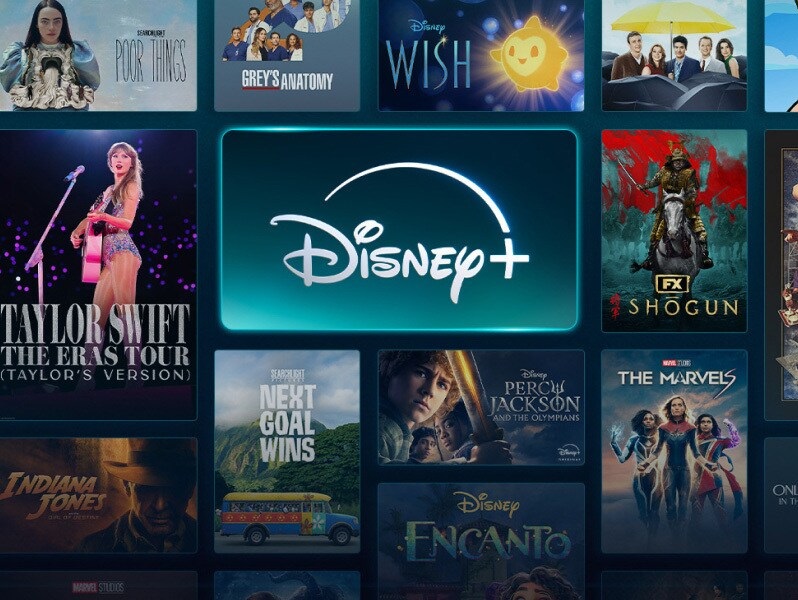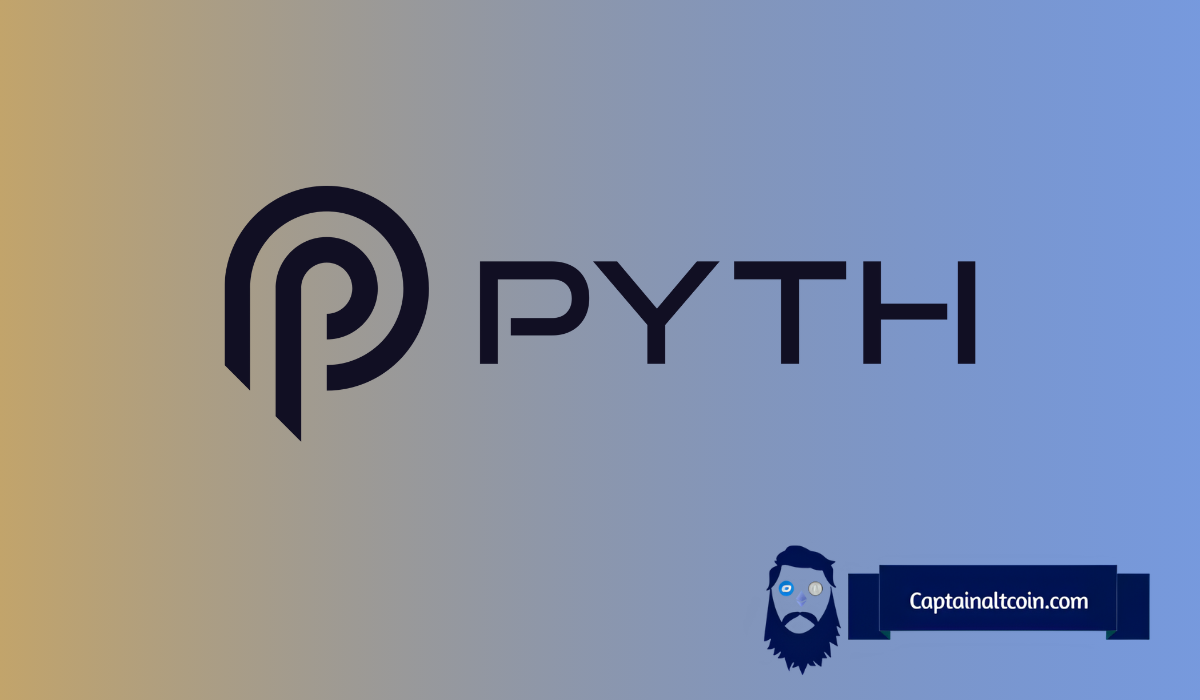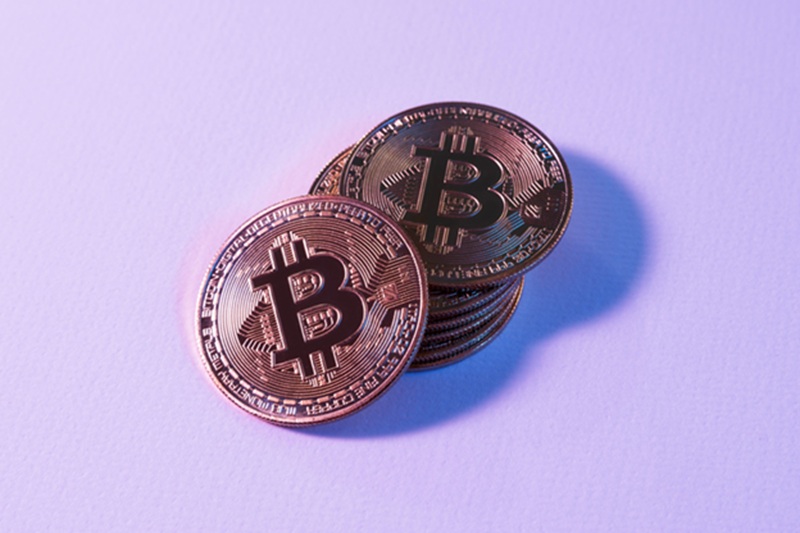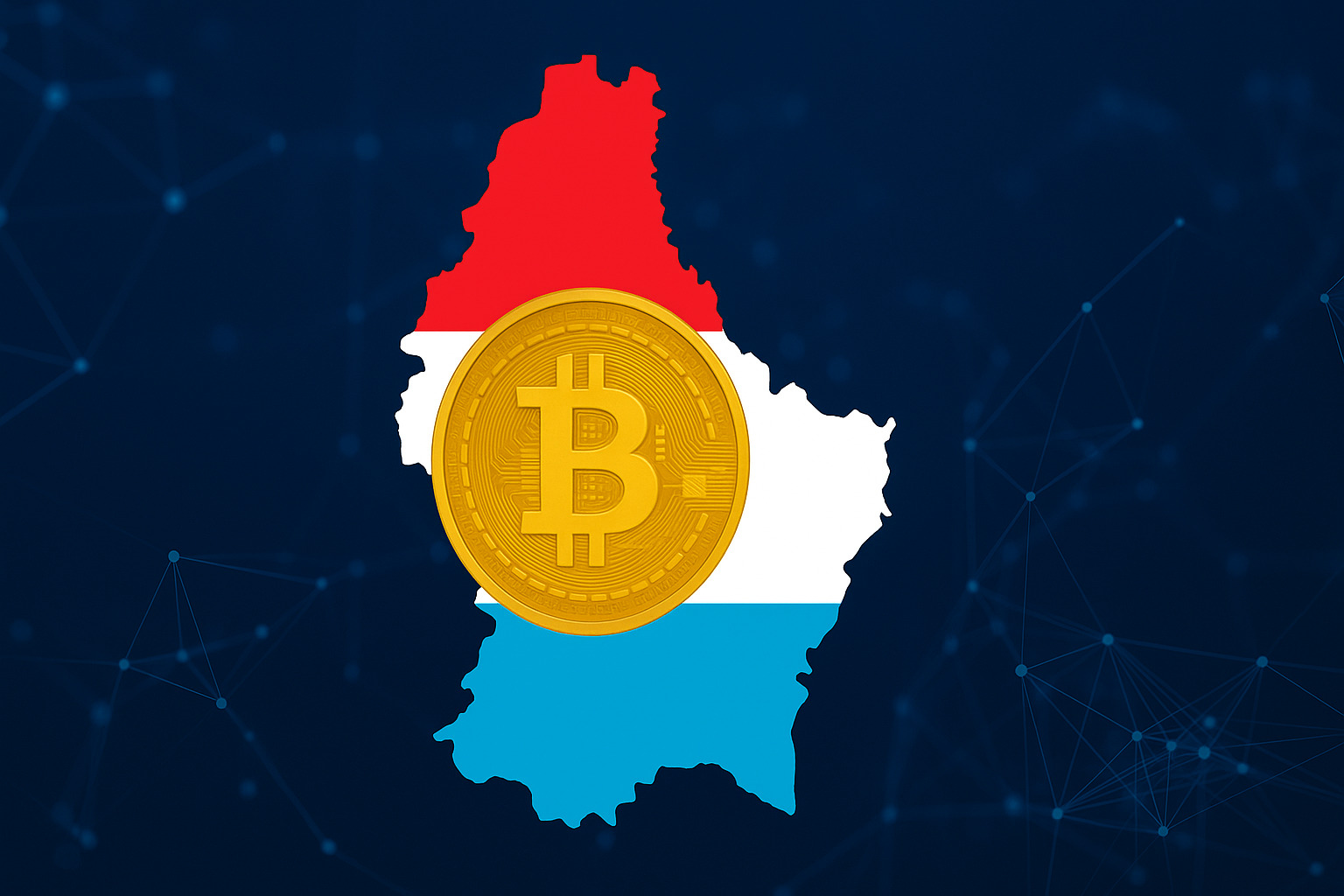Disney to Raise Streaming Prices in October as Rivals Tighten Market Competition


Disney has announced sweeping price increases across its streaming services, effective October 21, 2025, deepening its push to lift revenue from its direct-to-consumer business.
The move affects standalone Disney+ subscriptions as well as bundles that include Hulu, ESPN, and HBO Max, placing Disney squarely within the broader trend of escalating streaming costs across the industry.
The New Pricing Structure
The changes are extensive:
Register for Tekedia Mini-MBA edition 18 (Sep 15 – Dec 6, 2025) today for early bird discounts. Do annual for access to Blucera.com.
Tekedia AI in Business Masterclass opens registrations.
Join Tekedia Capital Syndicate and co-invest in great global startups.
Register for Tekedia AI Lab: From Technical Design to Deployment.
- The Disney+ ad-supported plan will increase by $2, reaching $11.99 per month.
- The Disney+ Premium (no ads) plan will rise by $3 to $18.99 per month, with the annual option climbing by $30 to $189.99 per year.
- The Disney+ and Hulu ad-supported bundle will increase by $2 per month.
- Both Disney+, Hulu, and ESPN bundles, as well as Disney+, Hulu, and HBO Max bundles, will see a $3 per month hike.
By contrast, NFL+ plans will remain at current prices, offering stability for sports fans.
Disney previously lifted its subscription prices in October 2024, with most plans going up between $1 and $2. Management had hinted at another round of increases during its third-quarter 2025 earnings call, saying it expected only a modest increase in Disney+ subscribers in its fourth fiscal quarter.
The announcement comes at a delicate moment for Disney. The company has faced mounting scrutiny following ABC’s decision last week to pull Jimmy Kimmel Live! off the air after the host’s remarks about the alleged killer of conservative activist Charlie Kirk. After nearly a week of backlash from viewers and other late-night hosts, Disney announced the show’s reinstatement on Tuesday.

During the interim, some fans declared on social media that they were canceling their Disney+ subscriptions in solidarity with Kimmel. The timing of the price hike, coinciding with this controversy, adds to consumer sensitivity around the brand.
How Disney’s Pricing Compares
The streaming market has become increasingly crowded, and price hikes have swept across the industry as companies race toward profitability. Disney’s new pricing now sits alongside — and in some cases above — its biggest rivals.
- Netflix currently charges about $7.99 per month for its ad-supported tier, $17.99 per month for its ad-free standard plan, and $24.99 per month for its premium tier.
- Max (formerly HBO Max) charges around $9.99 per month for its ad-supported tier, with ad-free plans ranging between $16.99 and $20.99 per month depending on features.
- Apple TV+, which has steadily raised prices since its low-cost launch, now costs $12.99 per month in the U.S.
In this landscape, Disney’s $11.99 ad-supported plan is higher than Netflix’s and HBO Max’s entry-level ad tiers, and it matches Apple’s newly elevated price. Its $18.99 premium plan is slightly above Netflix’s standard option and competitive with HBO Max’s higher ad-free offering, though still below Netflix’s premium tier.

Bundles and Consumer Calculus
Disney’s bundle strategy is central to its pricing play. By combining Disney+, Hulu, ESPN, and HBO Max, the company aims to lock in households willing to pay more for multiple services. However, those bundles — all climbing by $3 per month — also raise the baseline that subscribers compare against competitors offering cheaper standalone subscriptions.
Some introductory promotional pricing for bundles will remain available to new users for a limited period, a strategy meant to ease the shock of higher bills and retain customers in the short term.
Industry-Wide Pressures
Streaming companies have been under mounting pressure to justify soaring content budgets, sports rights deals, and technology infrastructure costs. Disney, Netflix, Max, and Apple have all raised prices in 2024–2025, signaling a broader industry move toward prioritizing average revenue per user over rapid subscriber growth.
For Disney, profitability in streaming has only just arrived after years of heavy losses, and higher per-subscriber revenue is essential to sustaining the business. Still, the combination of rising costs and political or reputational controversies, such as the Kimmel affair, risks accelerating churn.
But the price hikes may push some households to cut subscriptions, downgrade to ad-supported tiers, or switch between services depending on promotions. Disney’s decision to leave NFL+ pricing unchanged is likely a strategic attempt to keep its sports audience anchored even as other parts of the streaming package rise in cost.
However, the price hikes reflect both the company’s internal financial priorities and an industry-wide shift toward squeezing more revenue out of existing subscribers. But the timing — arriving in the wake of controversy at ABC — is expected to test customer loyalty.
With its ad-supported tier now more expensive than Netflix’s and HBO Max’s entry-level options, and its premium plan sitting in the middle of the pack, Disney is betting that brand strength, content breadth, and bundled value will outweigh consumer frustration over higher bills.





